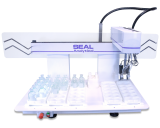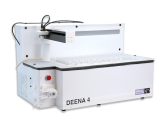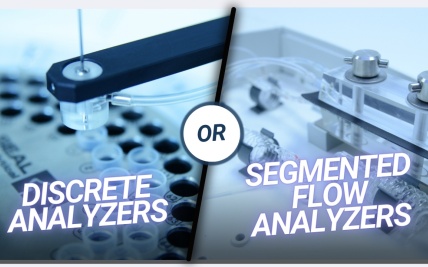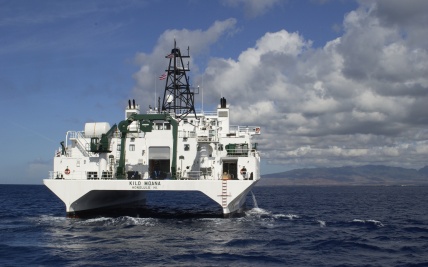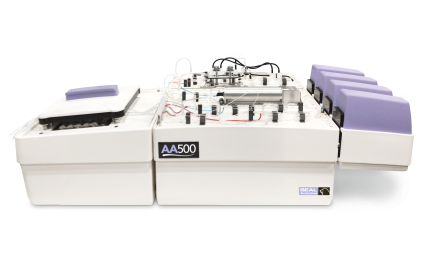.png?resolution=50x0&quality=95)
Seawater Analysis
Oceanographers, marine biologists, and seawater researchers around the world measure changes to ocean nutrient concentrations at the smallest level available. These measurements are crucial for understanding ecosystem health, supporting marine life, and monitoring the impacts of pollution and climate change.
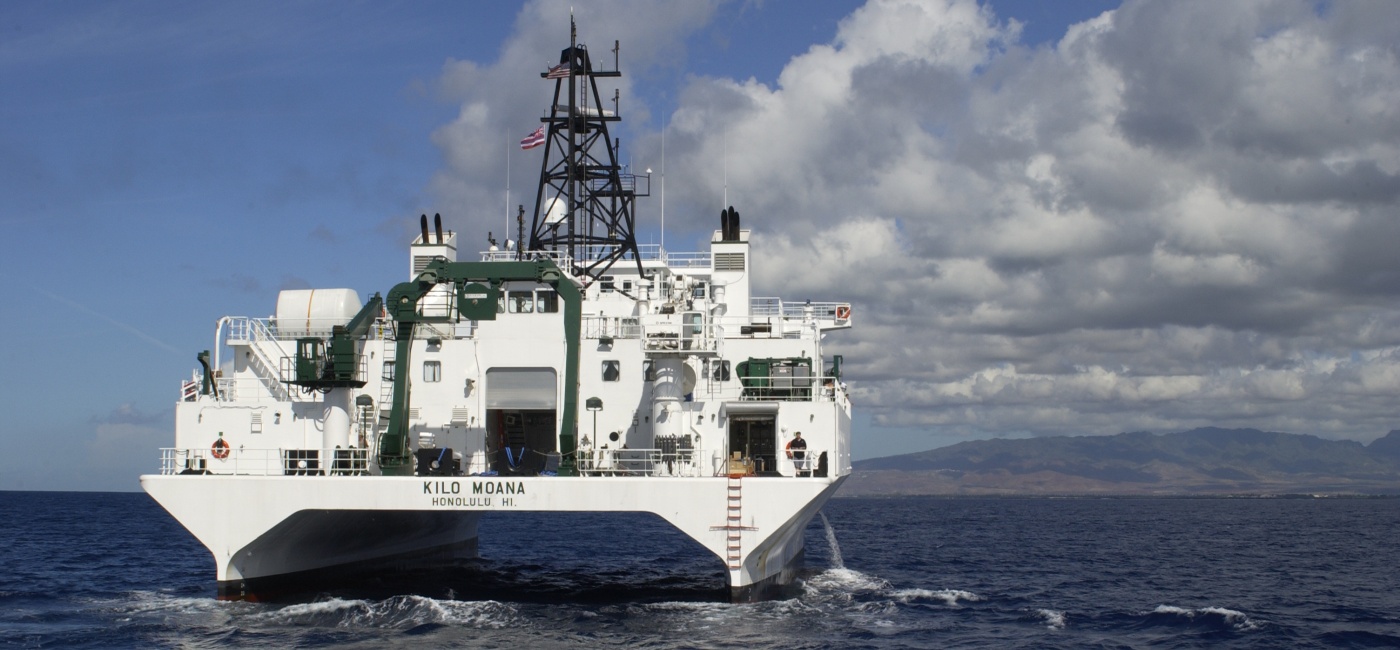
A Trusted Resource Worldwide
Leading seawater laboratories and marine research institutes worldwide trust their seawater analysis to technologically advanced SEAL AutoAnalyzers — engineered to detect extremely low nutrient concentrations and produce highly accurate, repeatable results.
The SEAL AA500 and QuAAtro Segmented Flow Analyzers provide a total automation solution for seawater applications. The QuAAtro is designed for seawater analysis, with low reagent and sample volume required and a minimal footprint for laboratories and ships with limited space.
The AA500 is the successor of the AA3, which was the standard for seawater analysis for more than 30 years. Its added automation and modular yet compact design make it a flexible and efficient choice for seawater laboratories. As all methods are directly transferable from previous AutoAnalyzer models, the AA500 provides an ideal way to upgrade from an older-generation system. The AA500 is backward compatible and thus offers the possibility to upgrade an older AA3 system step by step.
Our Expertise
SEAL AutoAnalyzers are ideal for sea water analysis, boasting some of the most significant technology advantages available in AutoAnalyzers, ensuring the detection of extremely low nutrient concentrations and highly accurate, repeatable results.
The Technology Advantages
- Developed for trace-level onboard sea water analysis
- LED light source- very stable, long life and no filament so completely immune to vibration.
- Available for all nutrient parameters.
- Tested in a Force 10 gale and subsequently proven in many ship laboratories around the world.
- Due to the detectors extremely low noise and high digital resolution a 10mm path-length cell can be used in place of the 50mm required on older analogue systems. This maximizes light transmission and minimizes the refractive index blank RIB.
- Longer path-length flowcells, including LWCC 500mm and 1000mm are available for even lower detection.
- Bubble-through-the-flowcell operation maintains separation between the sample and wash preventing "horns" at the start and finish of sample peaks whose salinity varies from the wash.
- Concentric sapphire light pipes and the narrow angle light source from an LED provides a near-parallel light beam which further reduces the refractive index blank compared to conventional cells
Measuring and Recording Instrument Performance
SEAL analyzers are the only segmented flow analyzers (SFA) instruments to measure the precision of the bubble pattern, flowcell cleanliness, chemistry drift and other performance-critical parameters before and during a run. More than 30 hydraulic, optical, electrical and chemical parameters are quantified and written into a performance log which gives a long-term record of instrument and method performance.
Pre-run Check Quantifies System
A simple pre-run check quantifies the bubble pattern, baseline, detector, flowcell and light source in a few minutes and creates a printed record of the results. This is ideal for labs which need auditable proof that the analyzer is working correctly, and as a valuable aid to troubleshooting.
High Precision Segmentation
On a segmented flow analyzer (SFA) one key factor in reproducibility, which is also critical for detection limit, is the composition of the liquid segments. Each segment must contain the same proportion of reagent and sample, and the arrival time of each segment at the reagent injection points must be very precise.
Seal Electronic Air Injection vs. Mechanical Air Injection
SEAL analyzers achieve this high precision with electronic air injection. The timing of the air injection is determined by a chopper wheel which intercepts a light beam: this triggers a solenoid valve to inject the air. In contrast, mechanical systems which use a cam and lever device are less accurate even when new, and the air timing becomes progressively less precise as the pump ages. With mechanical air injection the bubble precision on a typical nutrient manifold is around 2%. With electronic injection it is improved to less than 1%. On the QuAAtro, it is less than 0.5%.
Colorimeter Design - Low Noise and Drift
- Sample and reference detectors are installed close together in a massive aluminum housing to ensure temperature equilibrium.
- The signal is immediately digitized to prevent inductive interference.
- Same-wavelength blank correction for ultra stable real time readings.
- Ultra low noise electronics contribute.
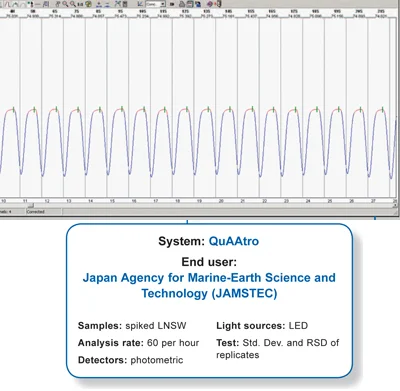
Common Methods in Seawater
With over 1,000 methods developed, we offer many applications for seawater analysis. With each lab’s needs being unique, we have only listed our most common applications here. If you are looking for a specific application, please contact our sales team. Select a specific analyzer to discover more information including ranges and method references.

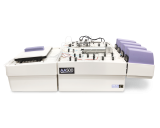
.png?resolution=160x128&quality=95)
